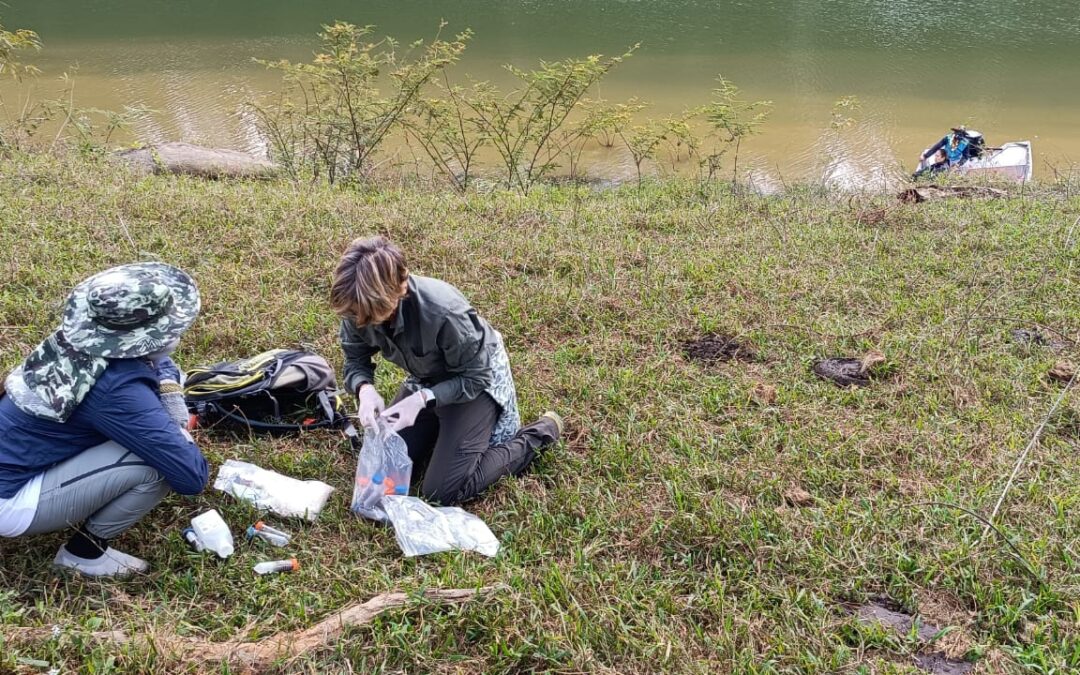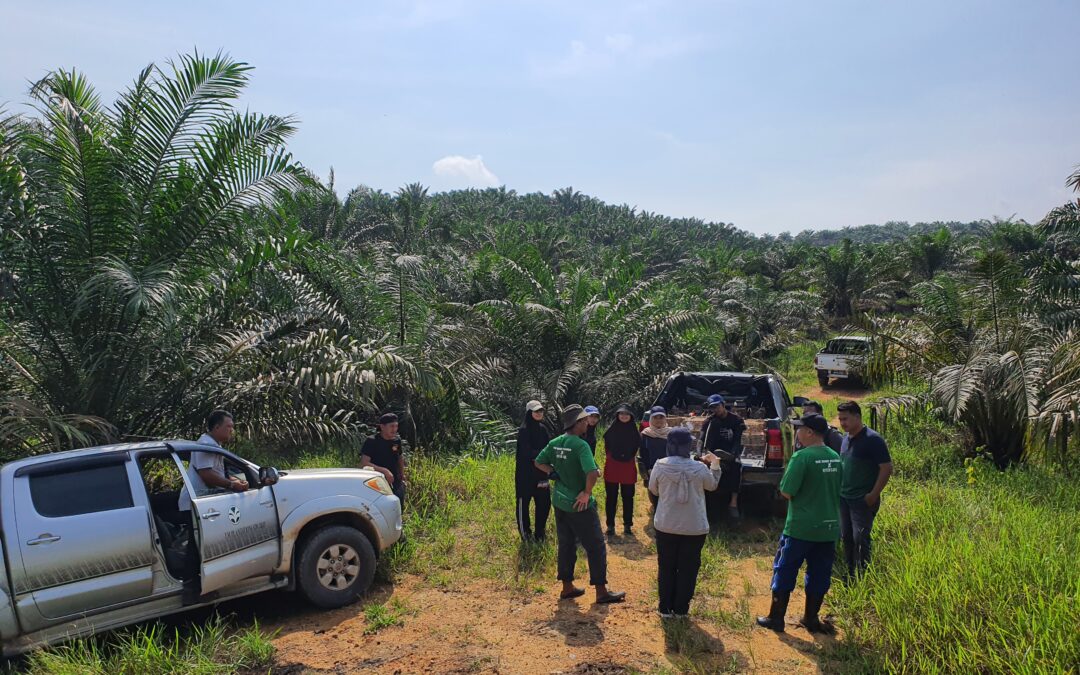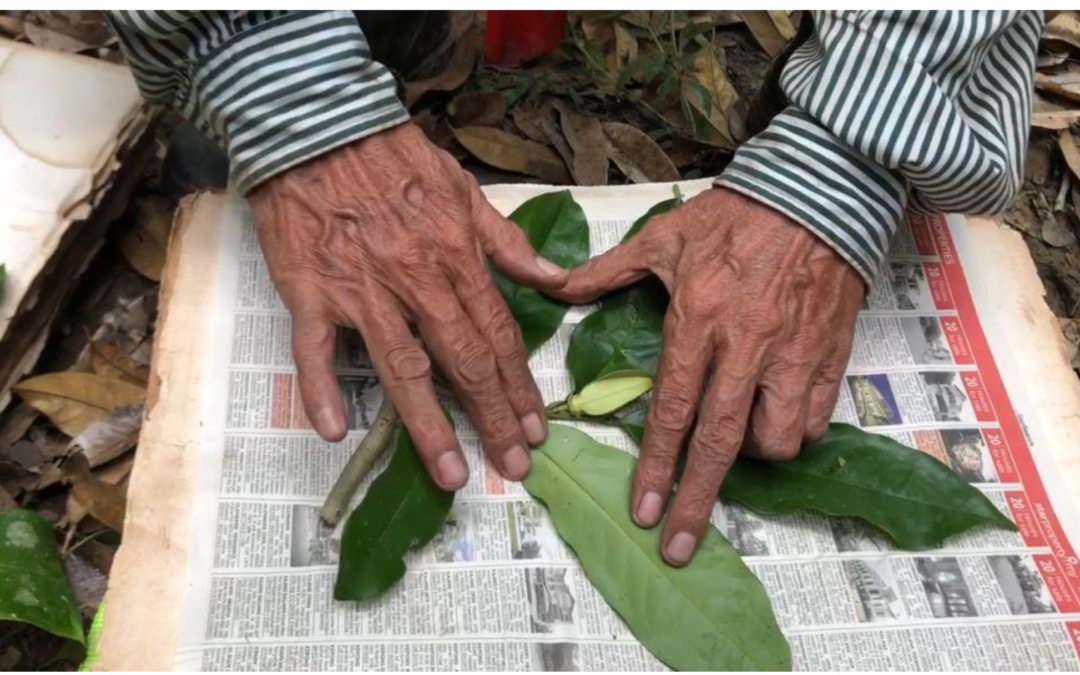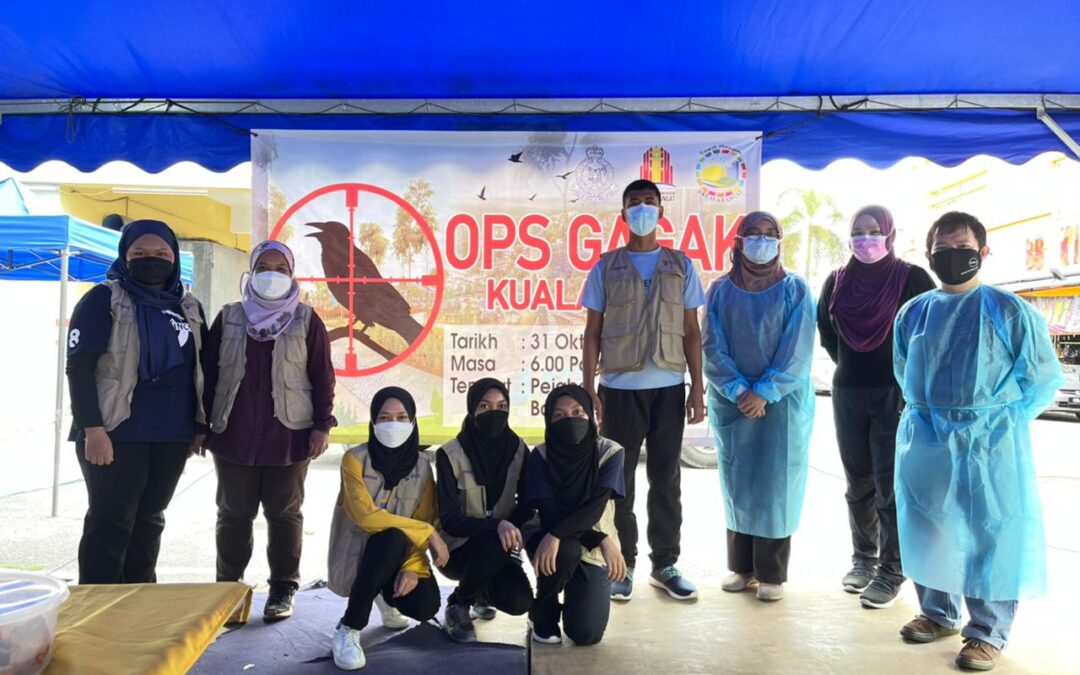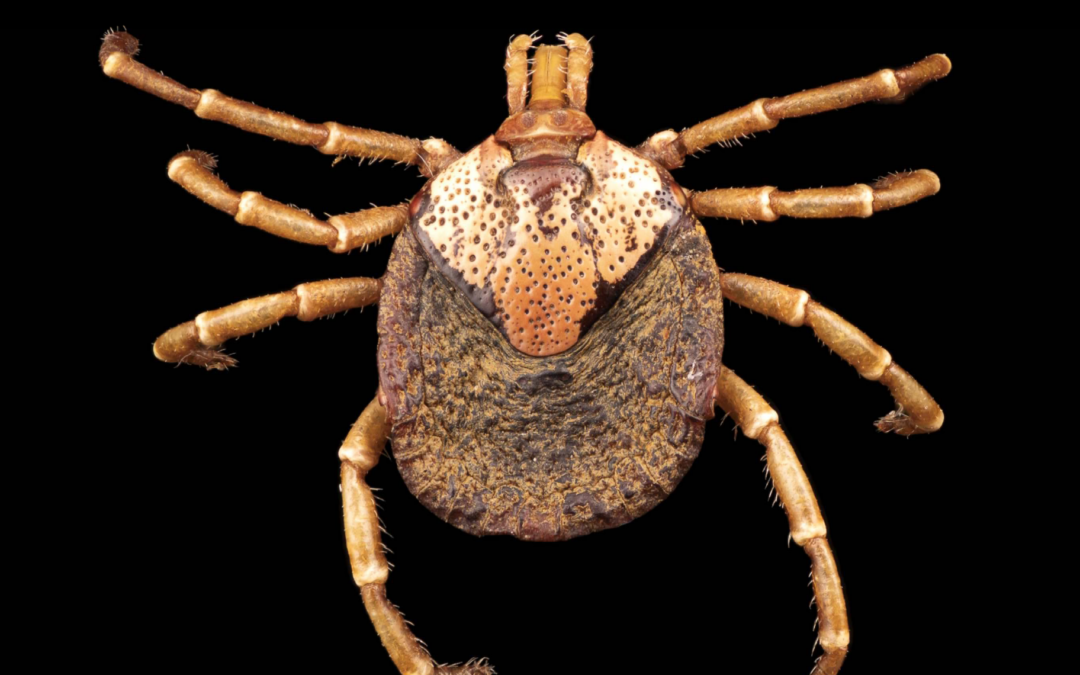Its objective is to mobilise the French scientific community and its partners in Southeast Asia in order to:
a) Identify the main projects and initiatives in the One Health field, at national and regional levels. This phase will identify national teams and experts for the preparation of the “outlook” document (“Zoonoses in changing environments in Southeast Asian countries”) of the second component of the project.
b) To support and/or consolidate One Health projects responding to a specific call among the eligible countries.
This support will allow the creation of an ASEAN One Health research community and the identification of new research and development fronts.
c) To draw up a document containing proposals from French research actors:
“One Health ASEAN strategic route for the MEAE and French research organisations”.
This document will build on the previous objectives and will feed into the second component.
